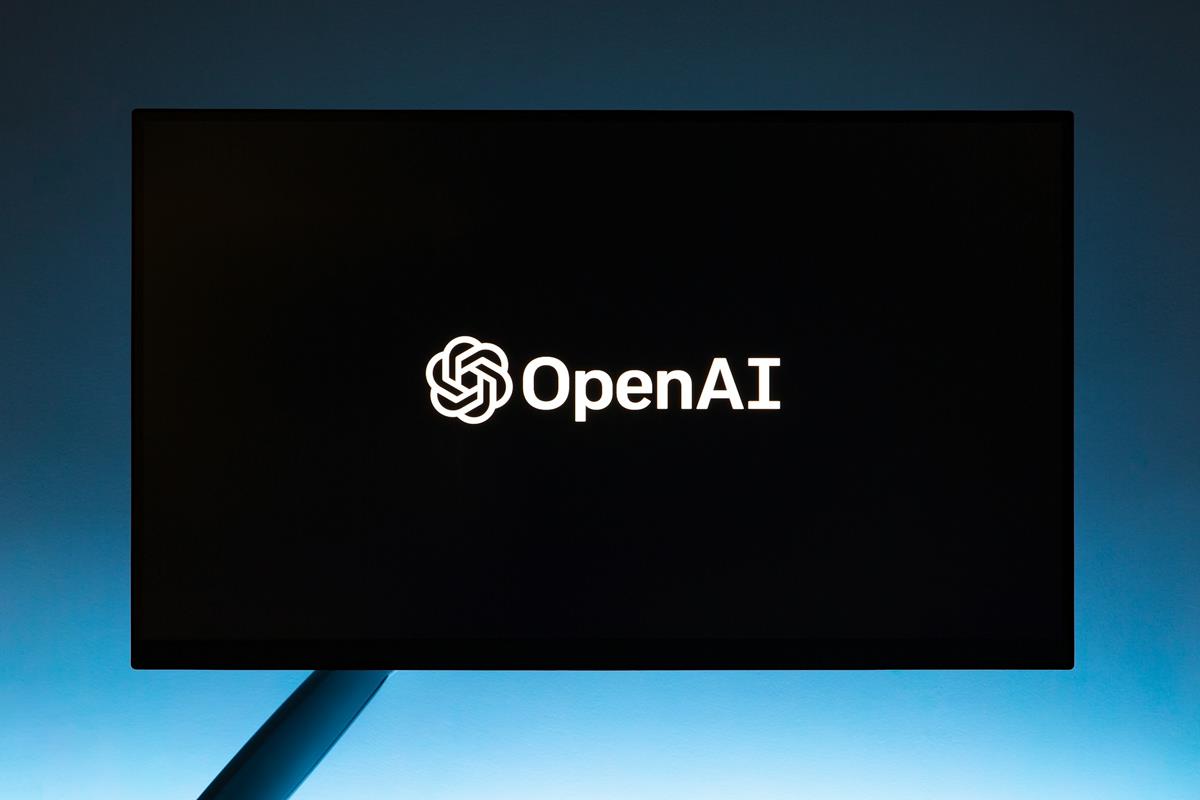The Touch-Web: Will it Ever be Ready?
The buzz word in computing in 2010 has been tablet, as popularised by Apple's iPad. This year we've seen tablets go on sale using Google's Android operating system and Windows 7, and we've seen both RIM and HP announce specialised tablet operating systems for their own devices.
During this time both Android and Windows 7 have been criticised to differing degrees for not being suitable for tablets, and now both Google and Microsoft have come out to say they're working on specific tablet versions of their operating systems. Google's is set to launch in 2011 while we may have to wait until mid 2012 for one from Microsoft.
In all the entire tablet focus has been on the operating systems, and not on the other thing we really should have been focusing on but that has so far got no comment and attention at all. Now that tablets are out of the door and gaining in popularity, is it time we turned our attention to the Internet itself?
Let me give you a few examples. As more and more of us shift our lives into the cloud we're using online services like Hotmail, GMail, Office Live and Facebook. While software to run these web services exist for most, if not all, platforms, there are a great many people who like to use them in a browser.
Then there are mainstream websites such as the BBC, Amazon and so on. The problem all of these websites face is that every single one of them was designed for the previous generation of web-enabled devices, desktop and laptop computers, and every one of them is optimised for a mouse control method.
The moment you try and use a website such as Amazon or Ebay with your fingers problems start as links are too close together, too small or otherwise just difficult to hit, buttons are too small and... I'm sure you get the picture.
So far though, nobody has talked about the tablet optimised web. I personally find this odd given that more and more people are using smartphones to access the Internet. These devices with their 3 to 4 inch screens put people at an even greater disadvantage in navigating websites.
It doesn't have to be difficult either. In many cases the simple addition of an optional touch-friendly style-sheet with larger text links and buttons will solve the problem. I'm not saying this is a catch-all solution, but it would be an impressive start.
2011 needs to be the year in which the mainstream websites place finger-friendliness at or near the top of their lists. It needs to be the year when they begin to trial and roll-out touch friendly websites that will work both on smartphones and tablets. If touch interfaces using our fingers are truly the way forward, why is the web ignoring this important move and standing still with their existing interface designs?
So here at gHacks we'll be watching the touch-web and reporting back to you on what, if anything, the main websites will do in 2011 to address the needs of mouse-less browsers.
Advertisement

















